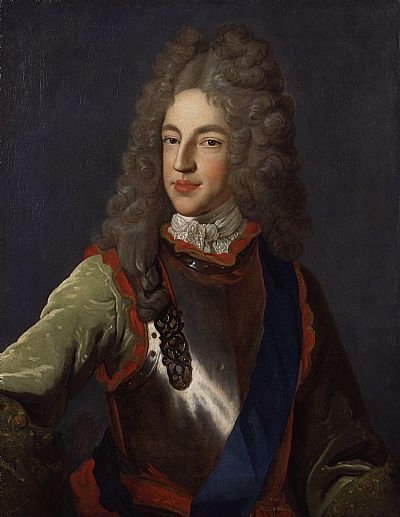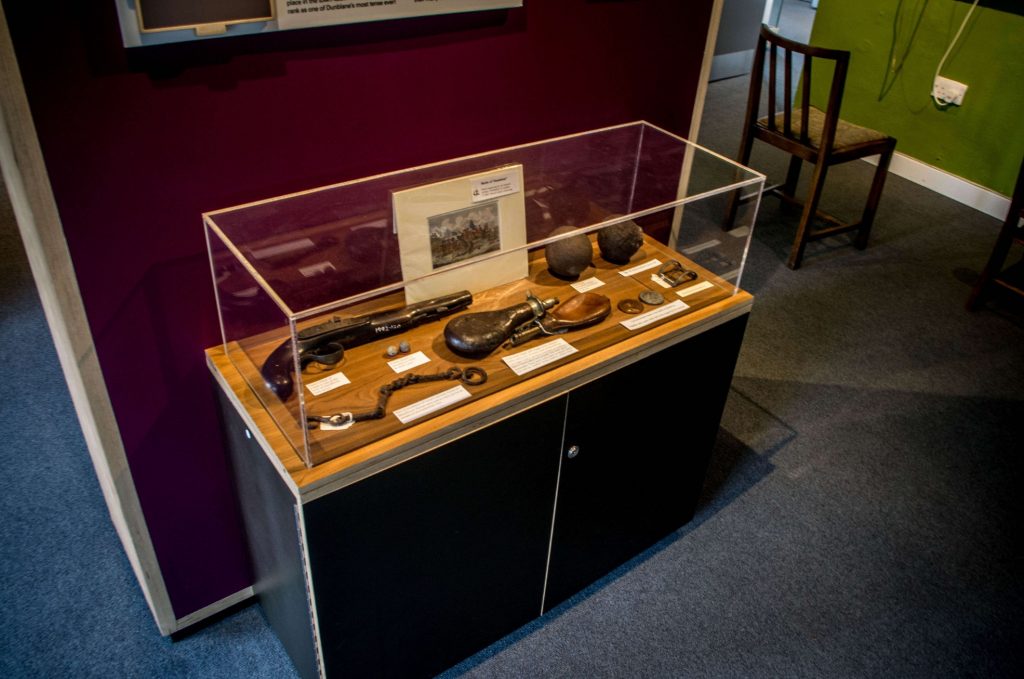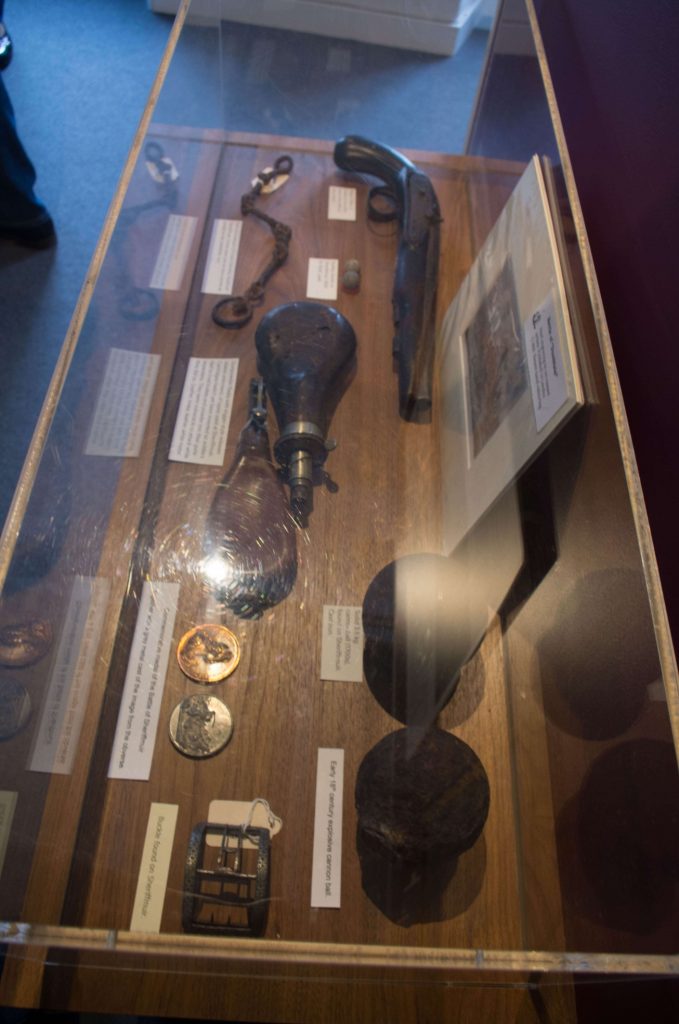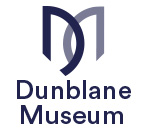The Jacobite Rebellion and the Battle of Sheriffmuir
The 1715 Jacobite Rebellion is probably the only rebellion that was started by one disgruntled man, who was able to play on the emotions of many different people, Scots and English. However, the events which helped this particular Rebellion to rise, without any support from the Jacobite Court or France, date from the removal of King James VII/II, the last Stuart King, from the British throne.
The Earl of Mar raised the flag of Stuart on 6th September 1715. Two months later and one battle in Scotland and one in England - on the same day - another attempt to return the Stuart family to the British throne had failed.
The Battle - 13th November 1715
The Battle of Sheriffmuir has been described many times before, which is made easy by the simplicity of the tactics of the two sides. The two right wings of the respective armies defeated their opposing wings, because of the nature of the ground and the troops opposing each side. The disposition of the Cavalry, in battles of that period, provided the swift attacks that mirrored the infantry's stately advances. In this case, the British Army, though still forming battleline, had the cavalry on the wings of the infantry. This layout allows the infantry of the period, who fought in lines, to bring fire upon each other. In the British case, each Battalion of 13 companies would fire company by company in a staggered form. The cavalry on the flanks was there to be ready to run down the fleeing troops, and if they defeat the enemy cavalry, to hit the slow-moving infantry in the side.
At Sheriffmuir, the Jacobite Army had misplaced the squadrons who should have been on their left; they had placed themselves in the centre of the army. This meant that there was twice the number of squadrons in the Jacobite right wing, which was a major factor in the rapid defeat of the British left. This misplacement also meant the Jacobite left was left undefended and thus Clan Macrae and others were attacked by infantry firepower and cavalry sword. Here, the Duke of Argyll was following the attack of the British right, and so lost contact with his defeated left, while Mar was the mirror image. The Master of Sinclair, a squadron commander who wrote a memoir on the Rebellion, was on the Jacobite right and took part in the charge. However, his relatively untouched squadron did not move upon the returning British right, despite the Jacobite cavalry being in a stronger position. The reason was that Mar appeared reluctant to attack, which would have made him victorious.
There are several local tales about the British Army's left wing fleeing towards Dunblane, being run down by Highlanders and slaughtered. The remaining Jacobite forces numbered 4,000 left, as opposed to 1,000 British troops, which statistically meant the Jacobites were the likely victors if Battle was resumed. However, inaction by Mar allowed the British force to retire to Dunblane and free to retire south. Mar returned to Perth, where several units left to return home, which reduced the army to below 5,000 men.
A battle also occurred at Preston on the same day, between the English Jacobite force under Earl of Derwentwater (with Scottish Jacobite troops) and a British force. This battle was more decisive than Sheriffmuir, with the English Jacobites conclusively defeated as they had allowed themselves to be surrounded in the town, and had not conducted any counter-attacks upon the encircling British troops.
News arrived in Scotland that the English Jacobite forces had been soundly defeated in Preston, and that the Jacobites in Inverness had also surrendered. Argyll’s force progressively grew in size, with 3,000 Dutch troops arriving in December.
Today, you can visit the Battlefield, which is just to the north of Dunblane. There is parking on site and good walking paths around the area.
If you are on bikes, this map suggests a cycle route around the Battlefield, from Dunblane to Stirling through Bridge of Allan. It is based on the Green Travel Map at http://www.dunblane.info/
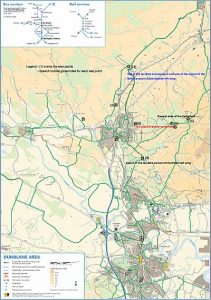
John Erskine, Earl of Mar

King James VIII/III
